Photos: Emergency Lock Repairs Under Way at Bonneville Dam
The U.S. Army Corps of Engineers is making emergency repairs to the Bonneville Dam navigation lock on the Columbia River, temporarily shutting off commercial access to the upper Columbia and the Snake River.
The lock operators reported a mechanical failure on September 5, and an inspection determined that the downstream side lock sill - a raised arc of concrete on the lock's floor which interfaces with the lock gates to form a seal - was badly cracked. Leaking at the site of the damage was significant enough to affect the lock's water level in operation, according to the USACE.
The agency and its contractors have been working steadily to fix the lock, according to the USACE Portland District. The repairs are especially important because September is the peak month for wheat harvests in Eastern Oregon, Eastern Washington and Idaho - and most of that harvest reaches the market by barge down the Columbia. In 2017, fully half of America's wheat exports traveled this route, according to the AP.
In addition to tug and barge operators, the shutdown also affects river cruise operator American Cruise Lines, which runs regular itineraries up the Columbia aboard the vessels American Song, American Pride and Queen of the West. The line has offered guests affected by the closure a free repeat cruise in November or a 60 percent discount off any cruise booked by December 31, according to SeaView Cruises.
The work to repair the Bonneville lock is now well under way, and the USACE says that it is a 24/7 effort. Its crews have demolished the existing sill and are now preparing the foundation of the lock floor for the construction of a new sill block. The agency has a precise timeline for return to service: it says that it expects to have the lock up and running again at 1000 hours on September 30.
"We understand that this lock closure is significant. The Corps is working around the clock to restore Columbia River traffic as soon as possible," Portland District wrote in an update.
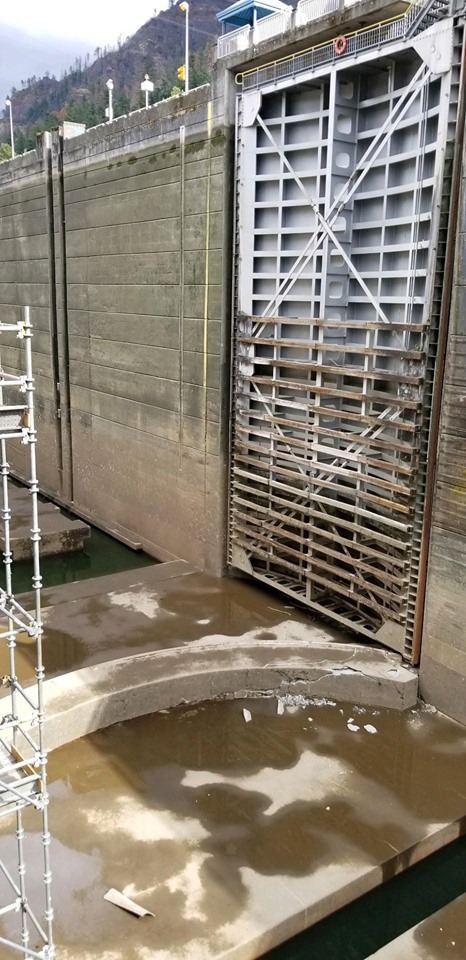
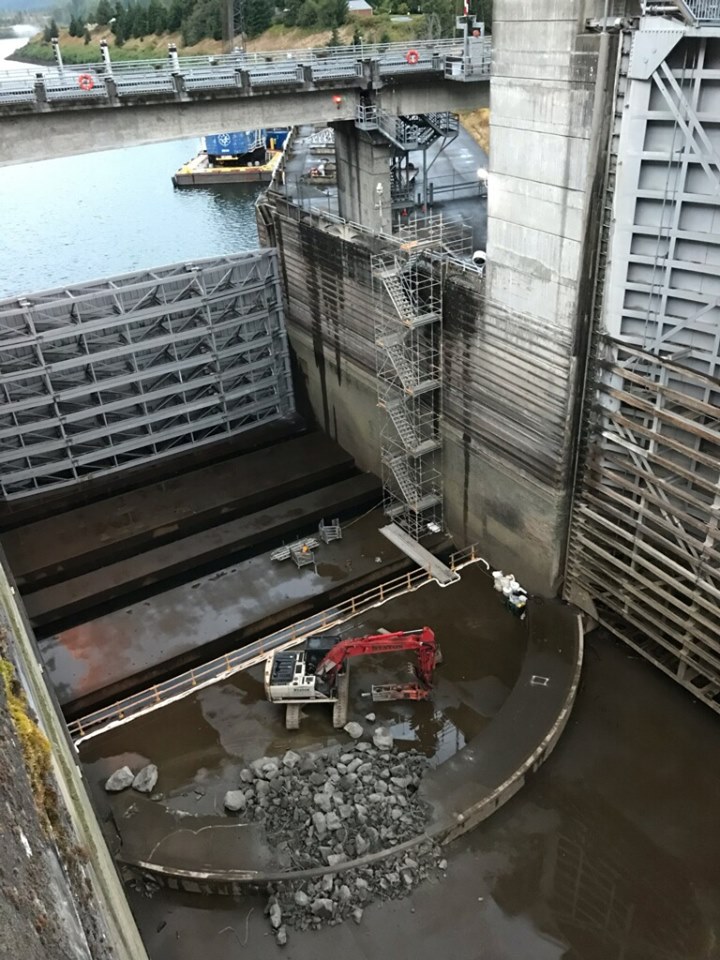
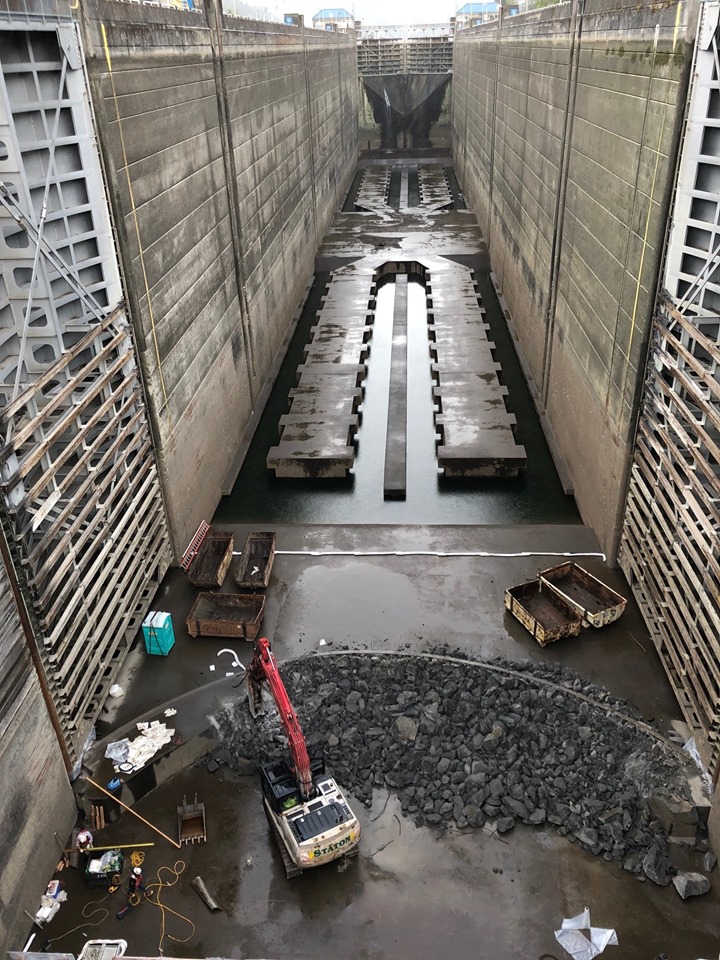
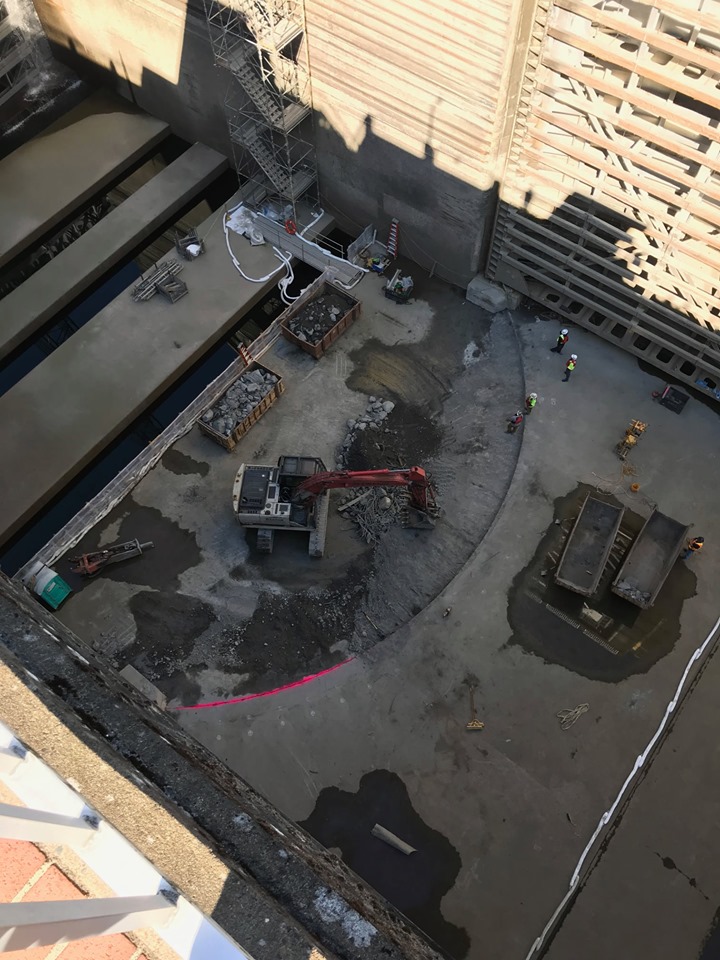
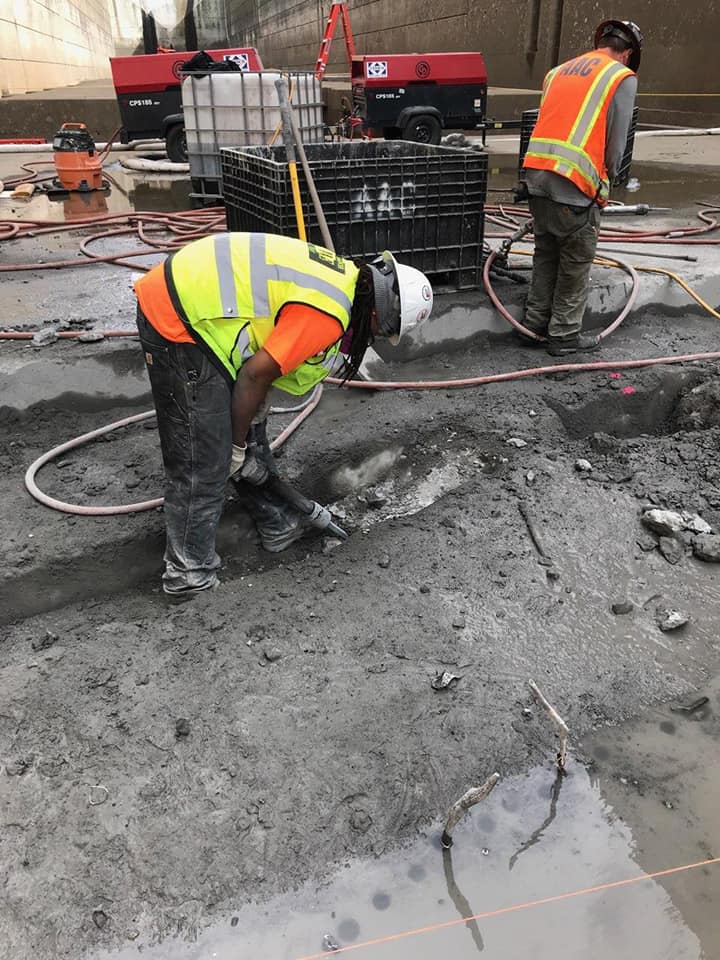
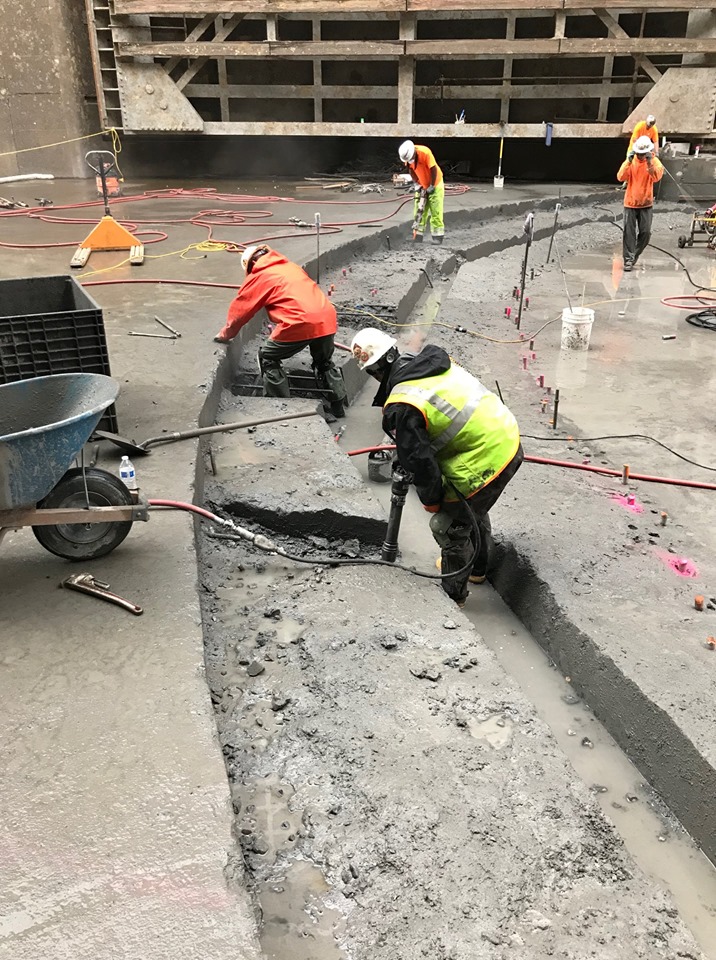
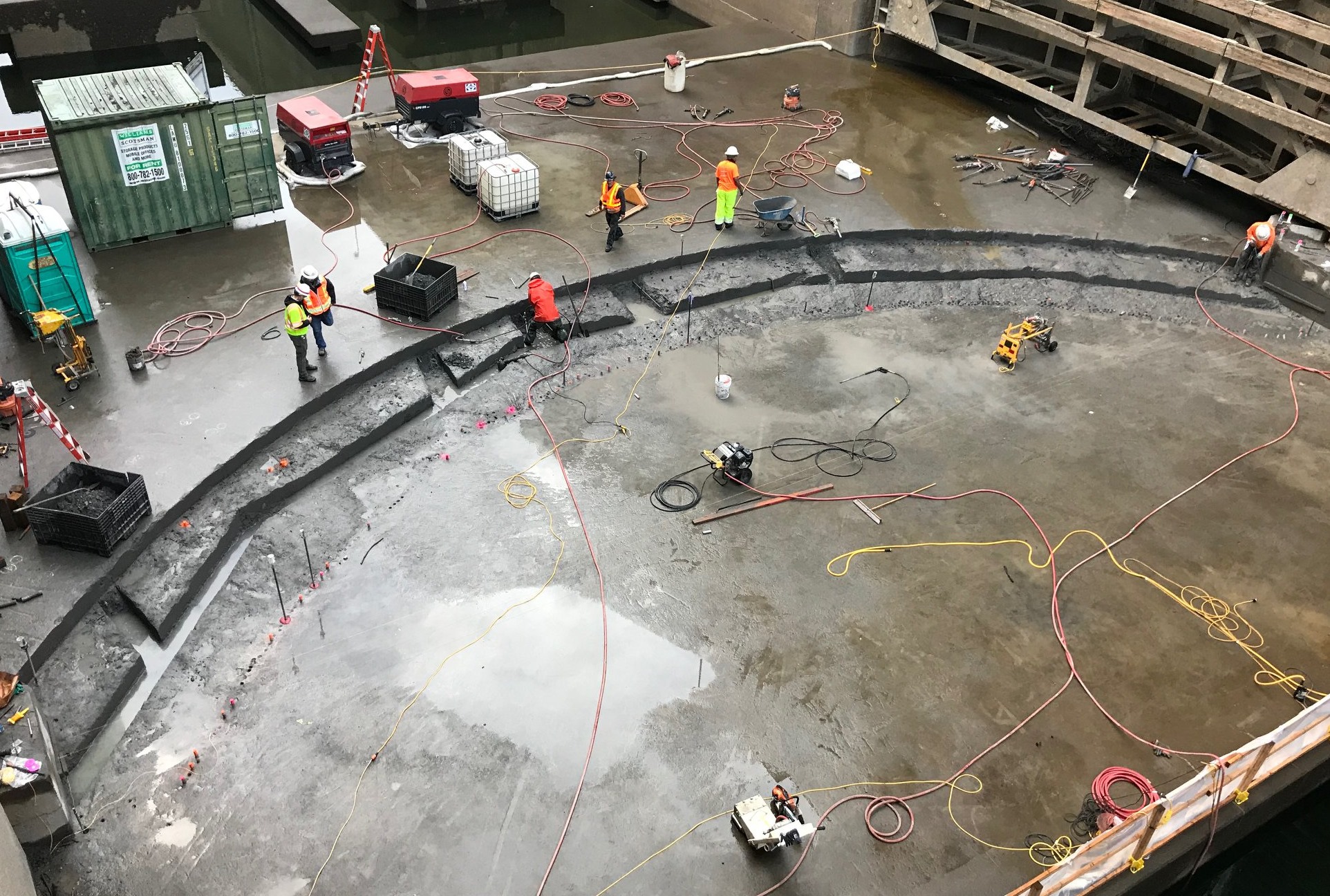
All images courtesy USACE
